Pokémon MEZASTAR Meza Tag Authenticity Guide
Guide version: V1.0.0 - 03/07/2025
Disclaimer
1. I am not responsible for any failed judgement, and all decisions made fall solely on the party who makes a said judgement, the guide is only a reference point.
2. Japanese tags are not covered in this document.
3. This guide is community run, and is not affiliated with Marvelous, The Pokémon Company and respective Copyright holders for the Pokémon MEZASTAR IP.
Foreword
Since the release of the game, there have been countless non-authentic Meza Tags flooding the market. This has caused some confusion among players.
This guide aims to teach the fundamentals to spotting a non-authentic Meza Tag from a real one.
[Meza Tag] Mold Quality
1. Inscription
By looking at the bottom of the Meza Tag, there is the word "Pokémon" inscribed into the plastic tag.
Non-authentic Meza Tags have the inscription less defined and is more flushed into the plastic, meaning it is deeper.
Authentic Meza Tags are less flushed (less deep), and is more refined and clear.
A good way to spot is the poké ball shaped letter os. It is fatter and less precise on the non-authentic Meza Tag.
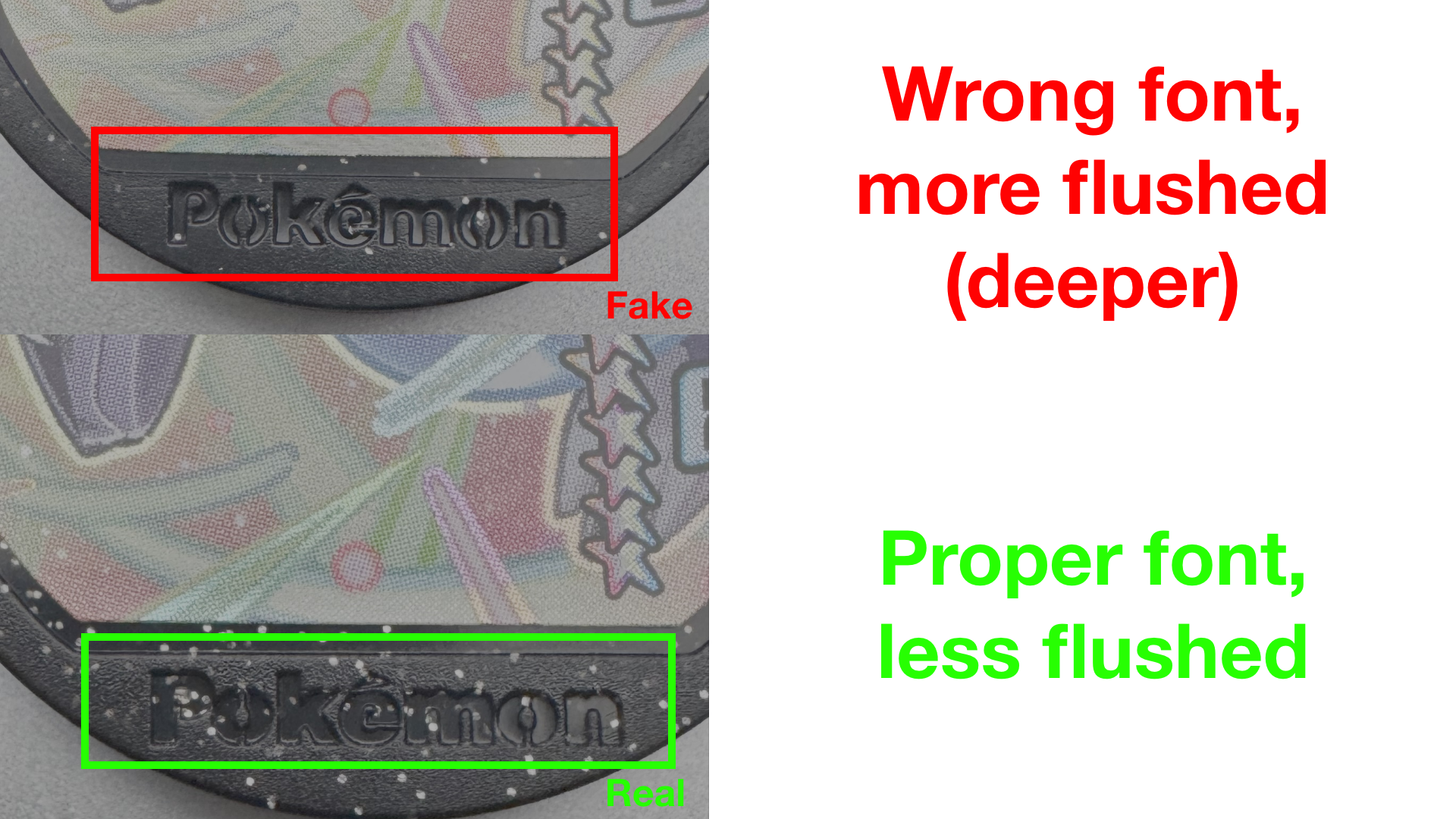
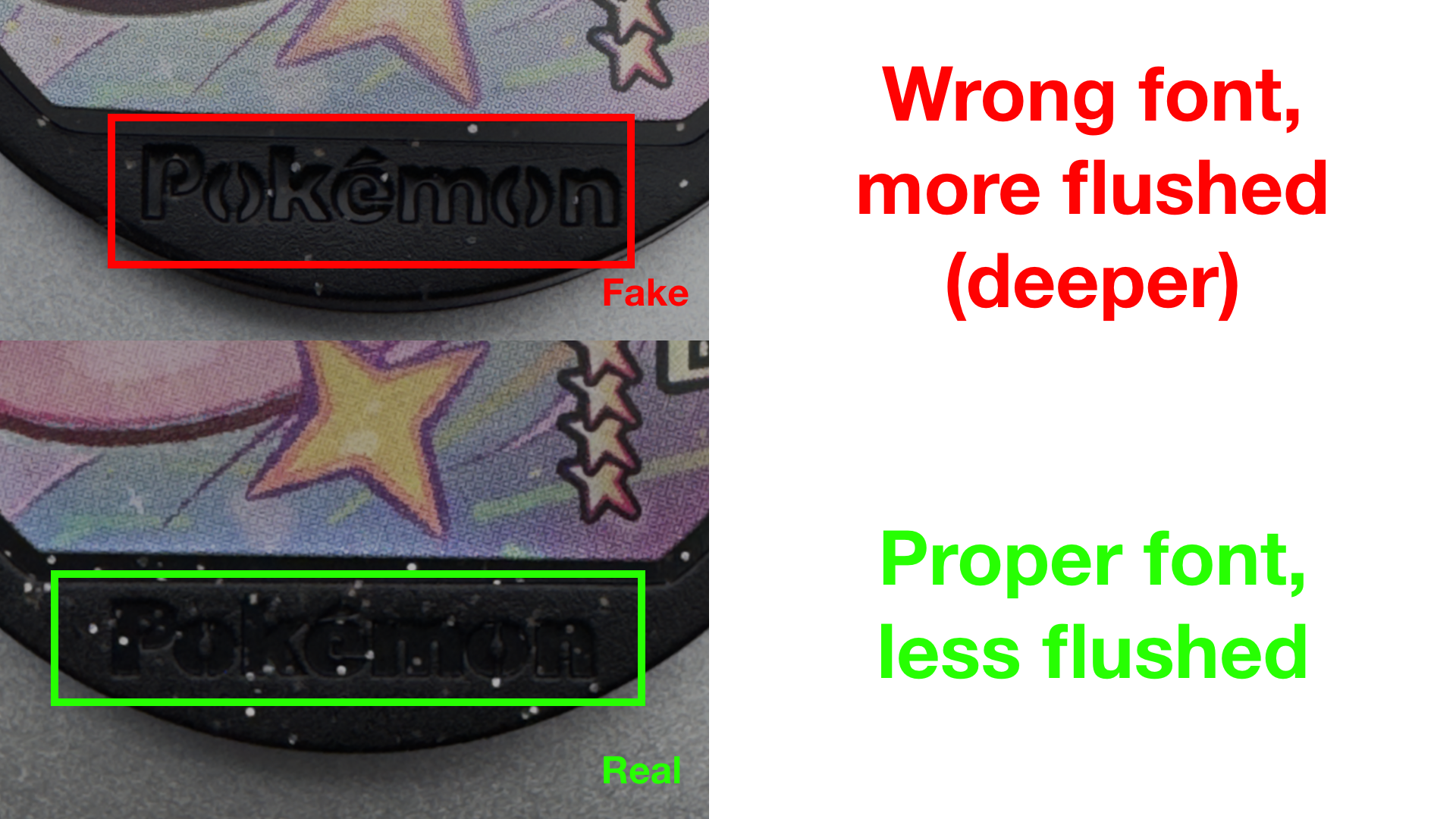
2. Glitter (Yes I kid you not)
Guess non-authentic Meza Tag manufacturers are stingy!
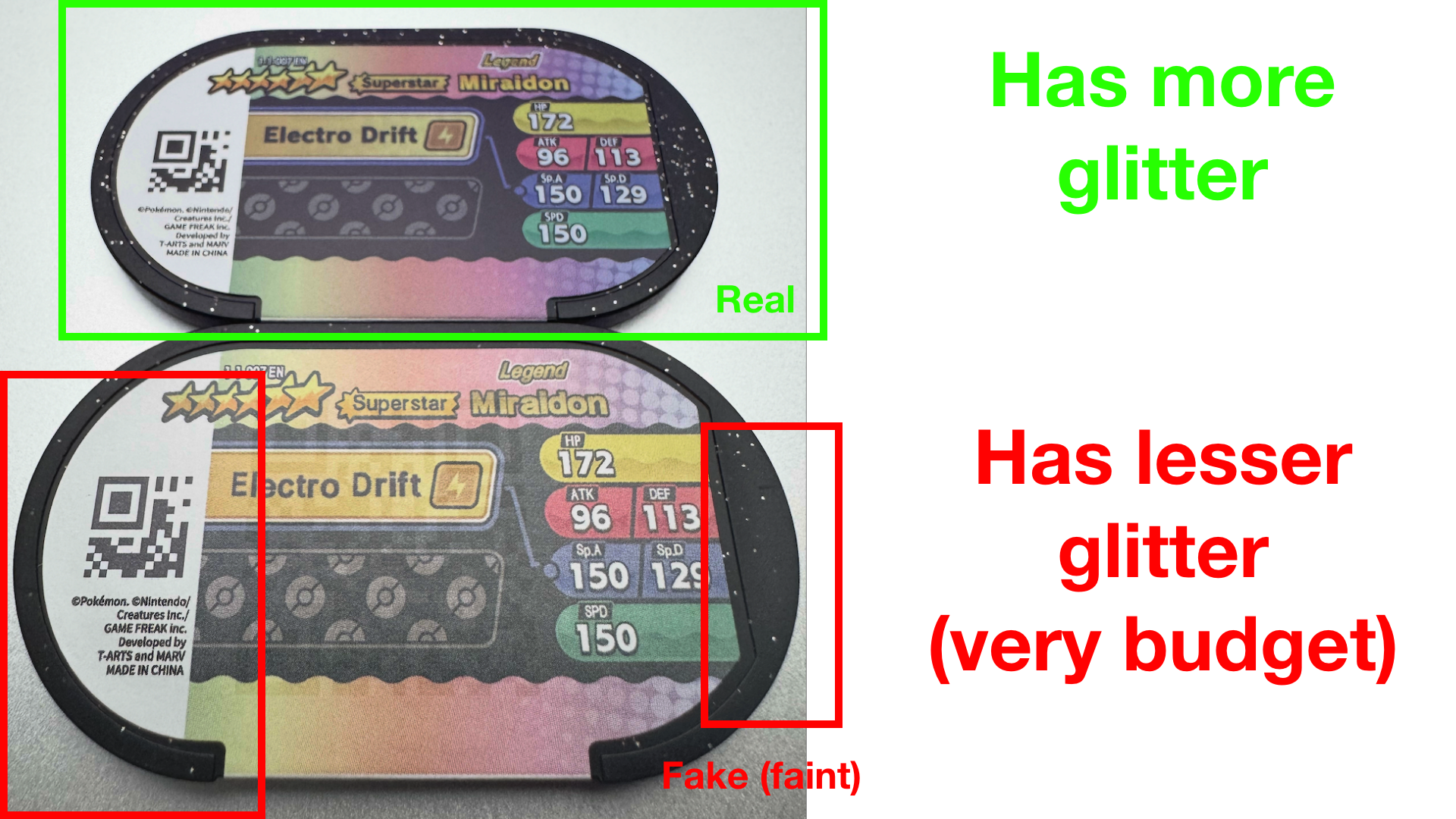
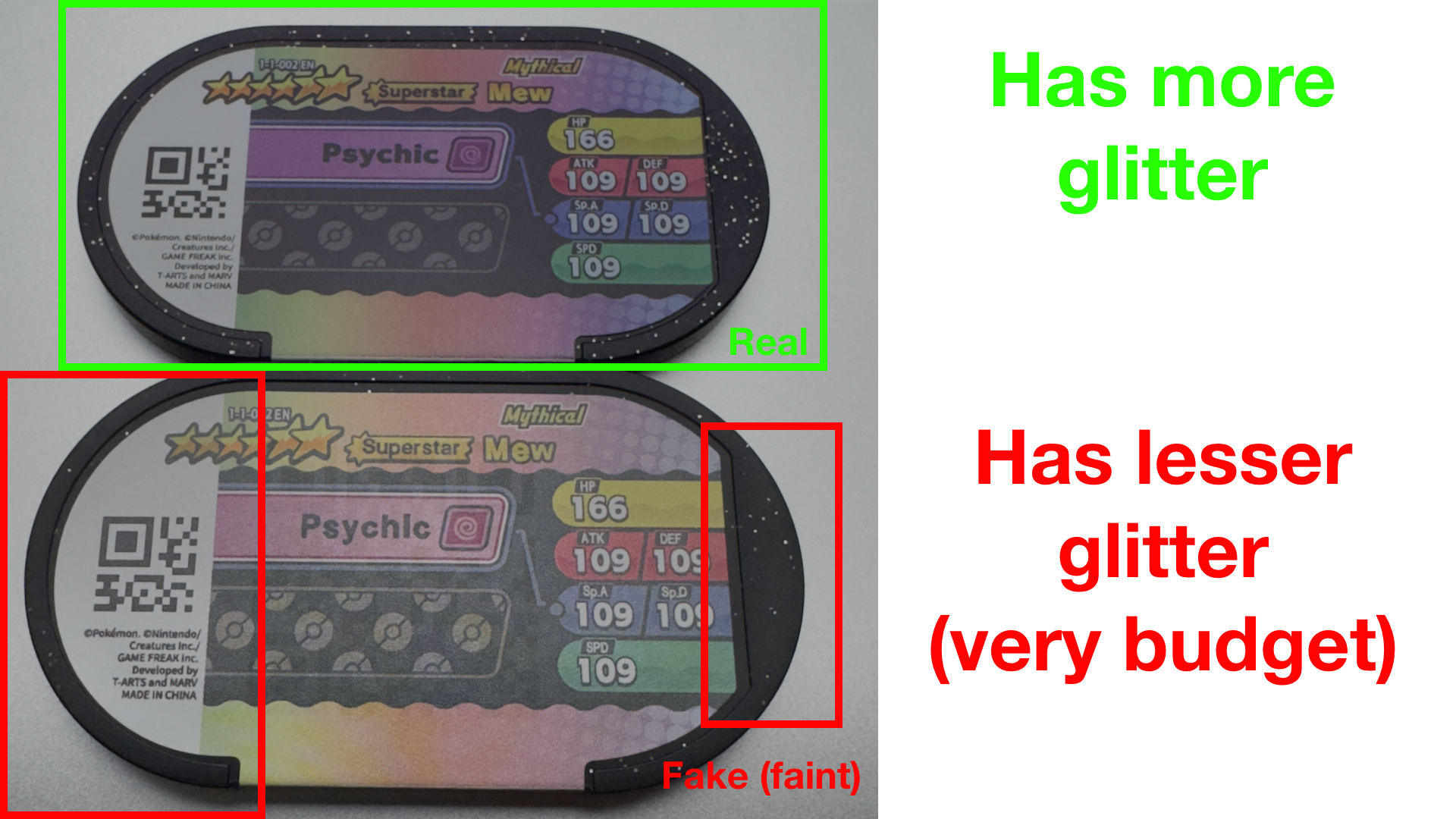
3. How the plastic part is made
The plastic mold used in authentic Meza Tags is precise and provides texture towards the tag as shown below.
Non-authentic Meza Tags are simply smooth.
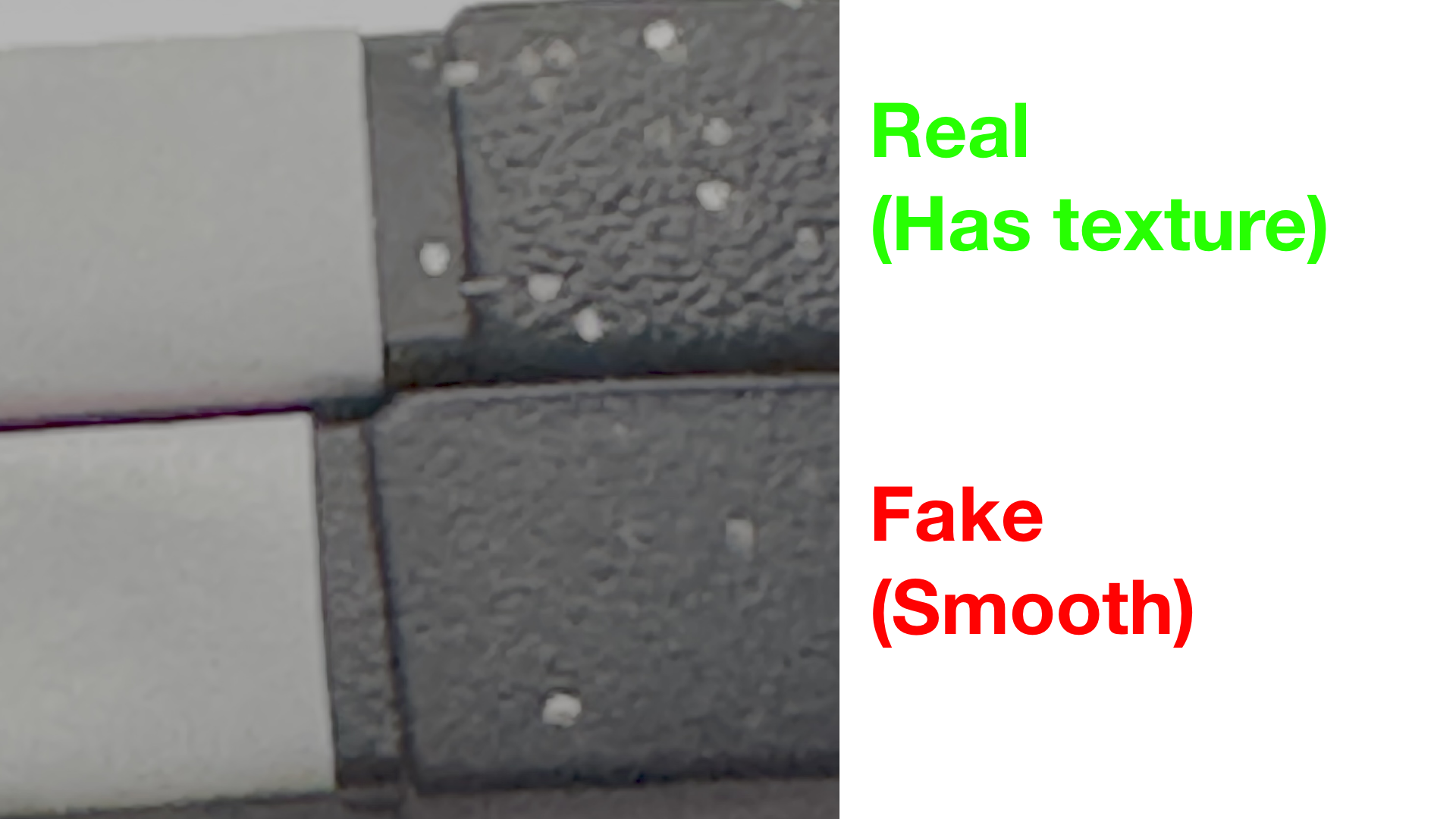
[Meza Tag] Weight
By using a 2 decimal point weighing scale tared to 500g to compare the weights between an authentic and non-authentic Meza Tags, it was noted that authentic Meza Tags have a range of weights.
Its noted that authentic Meza Tags weight either around 8.00g or 8.12g+-
Non-authentic Meza Tags are also around 8.00g, making this comparison a bad comparison method.
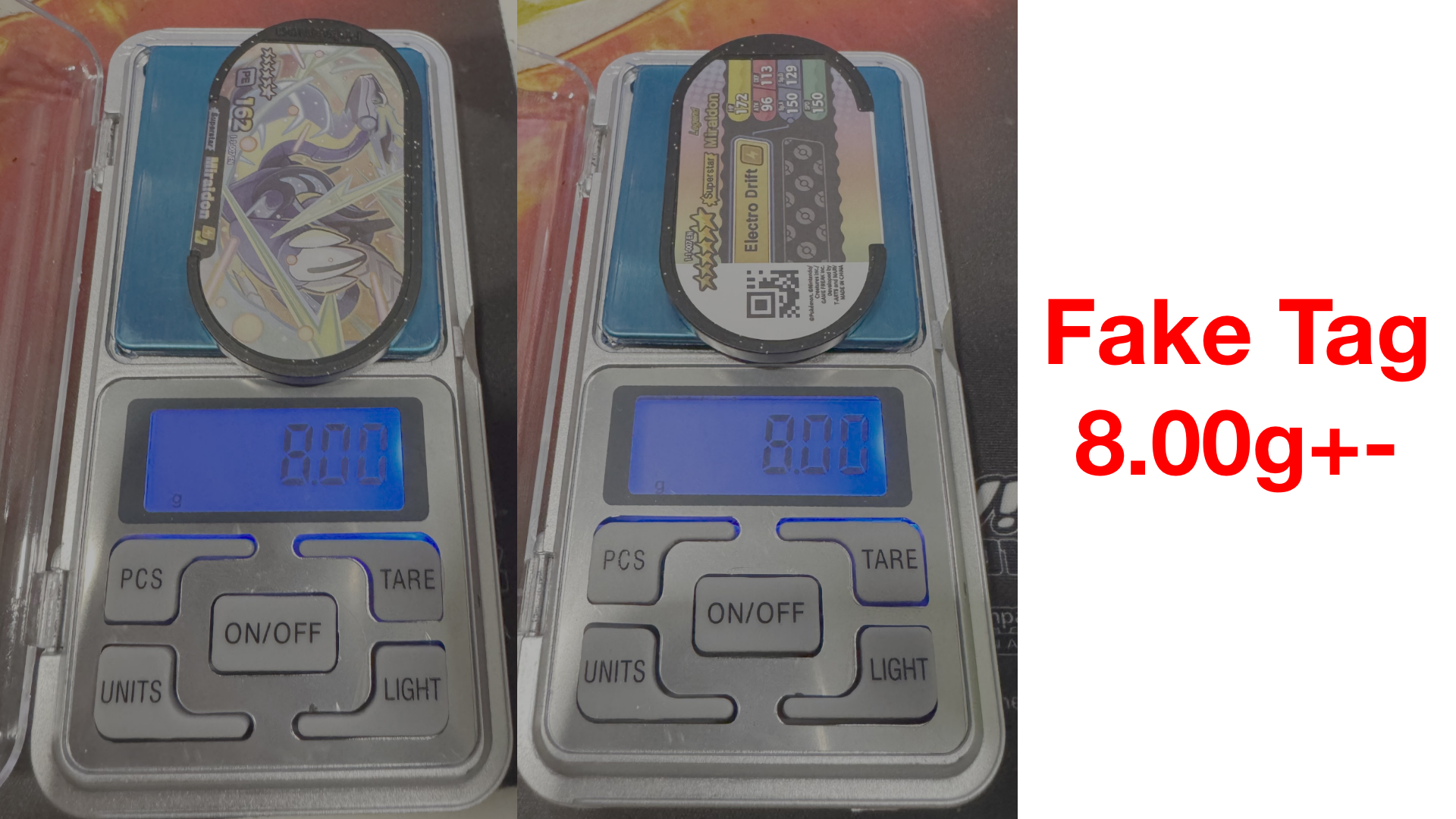
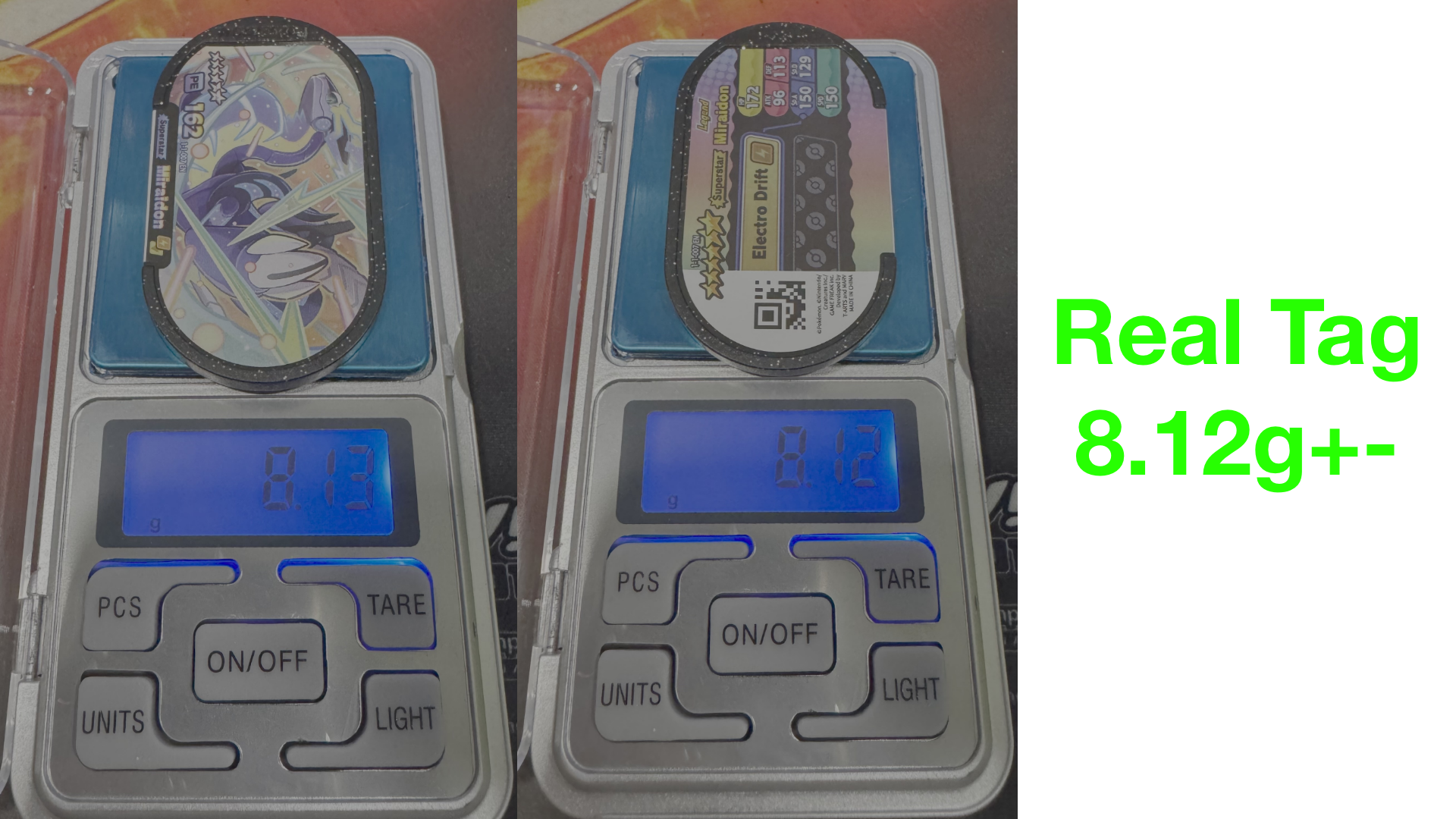
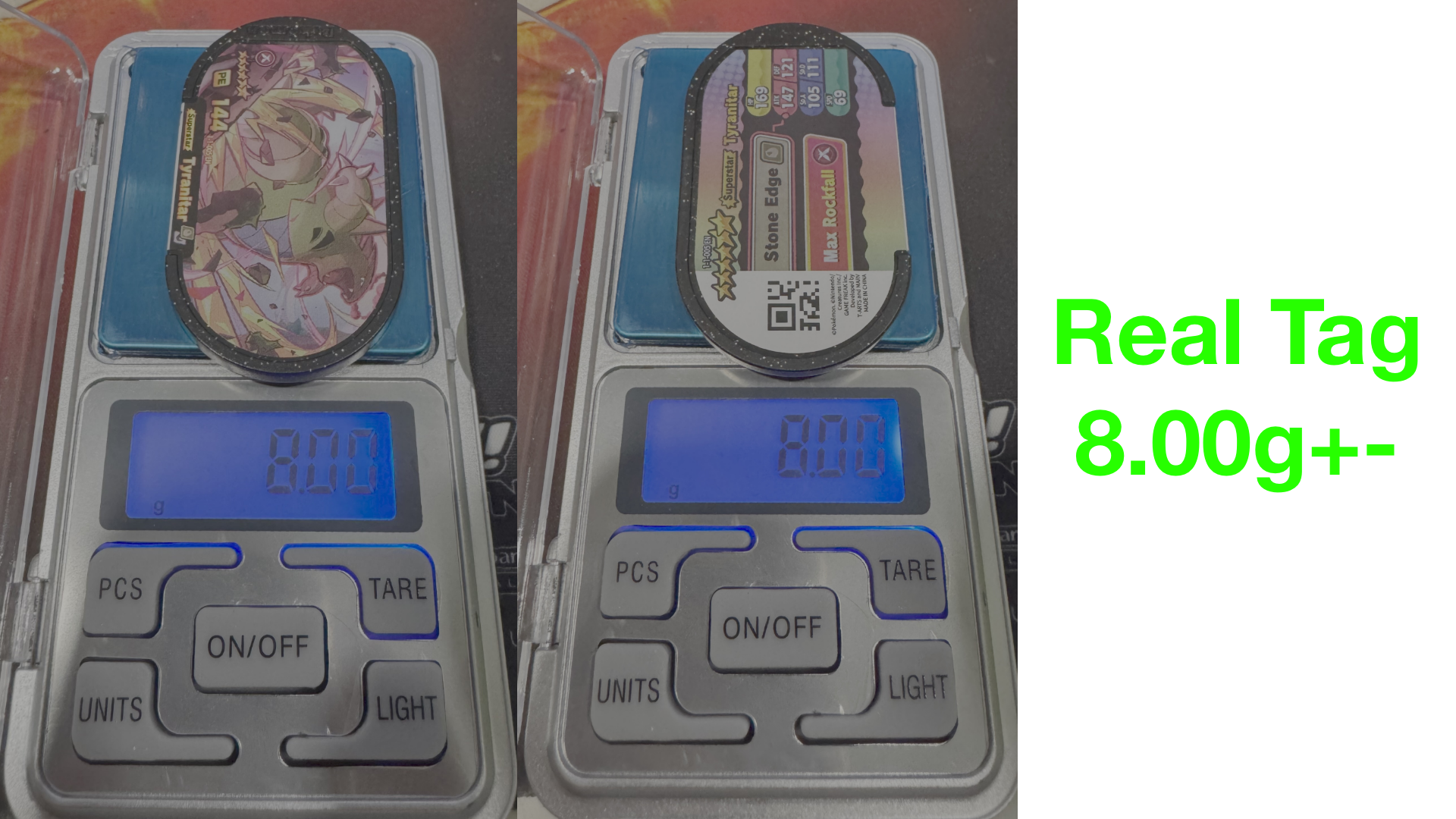
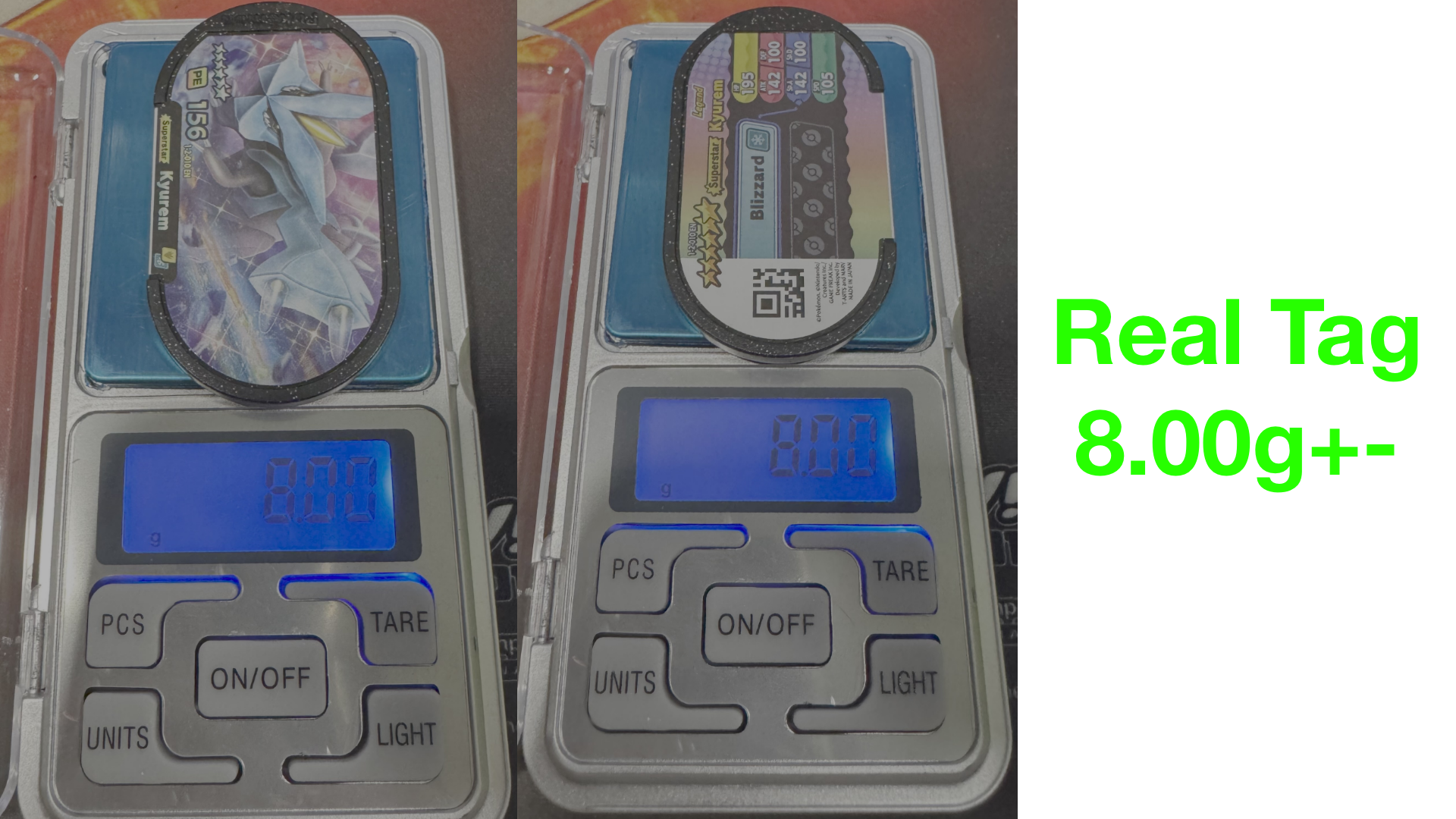
[Graphics] Printing
1. Colouring
Looking at the printing quality, non-authentic Meza Tags have a smaller printing colour density.
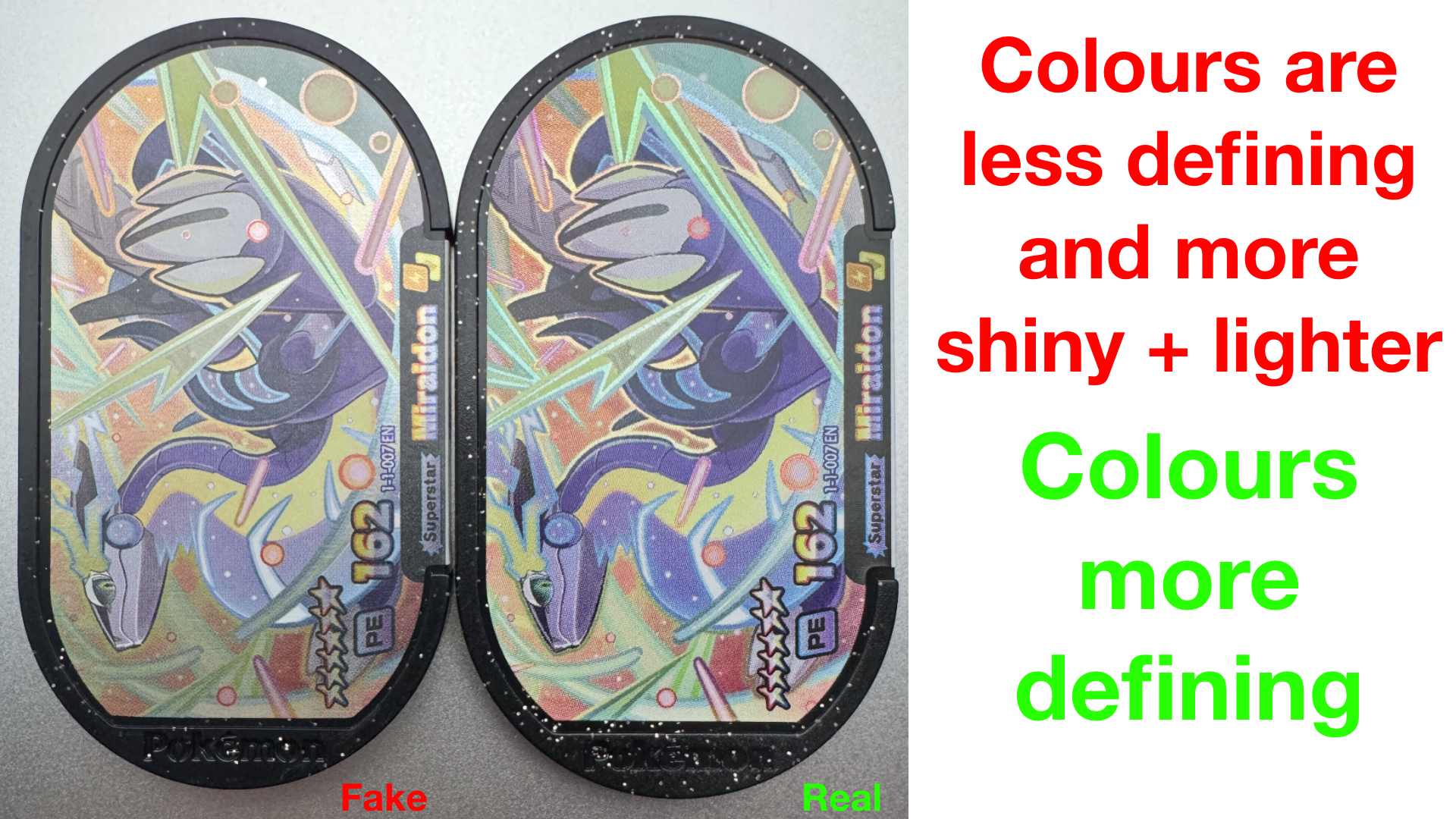
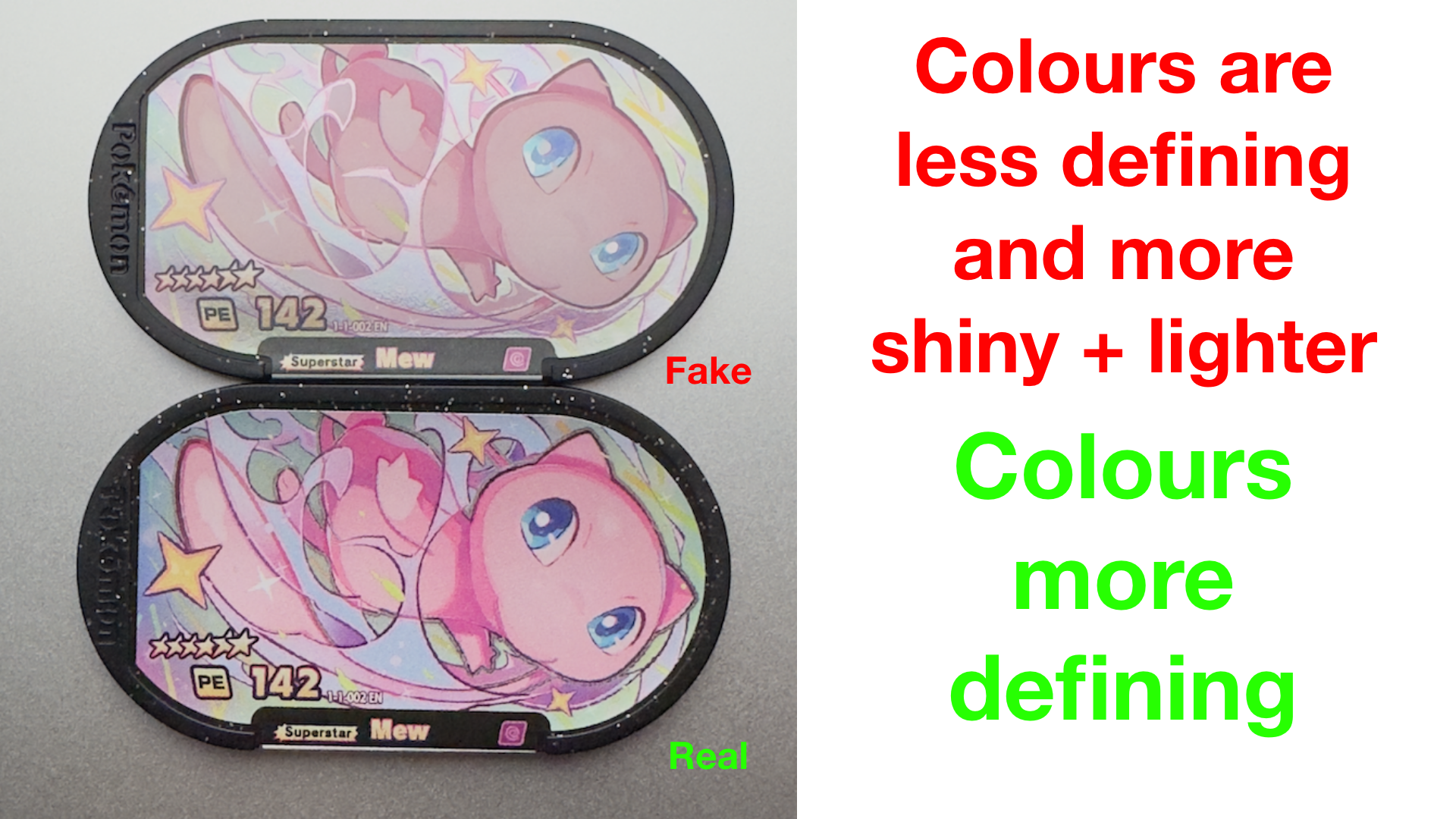
2. Paper
Non-authentic Meza Tags use thinner paper, showing layers otherwise meant to be hidden to the naked eye.
Meza Tags used infrared light technology to scan and read the QR code at the back into the game, and the code is intended to be hidden to the naked eye as an illusion and prevent piracy.
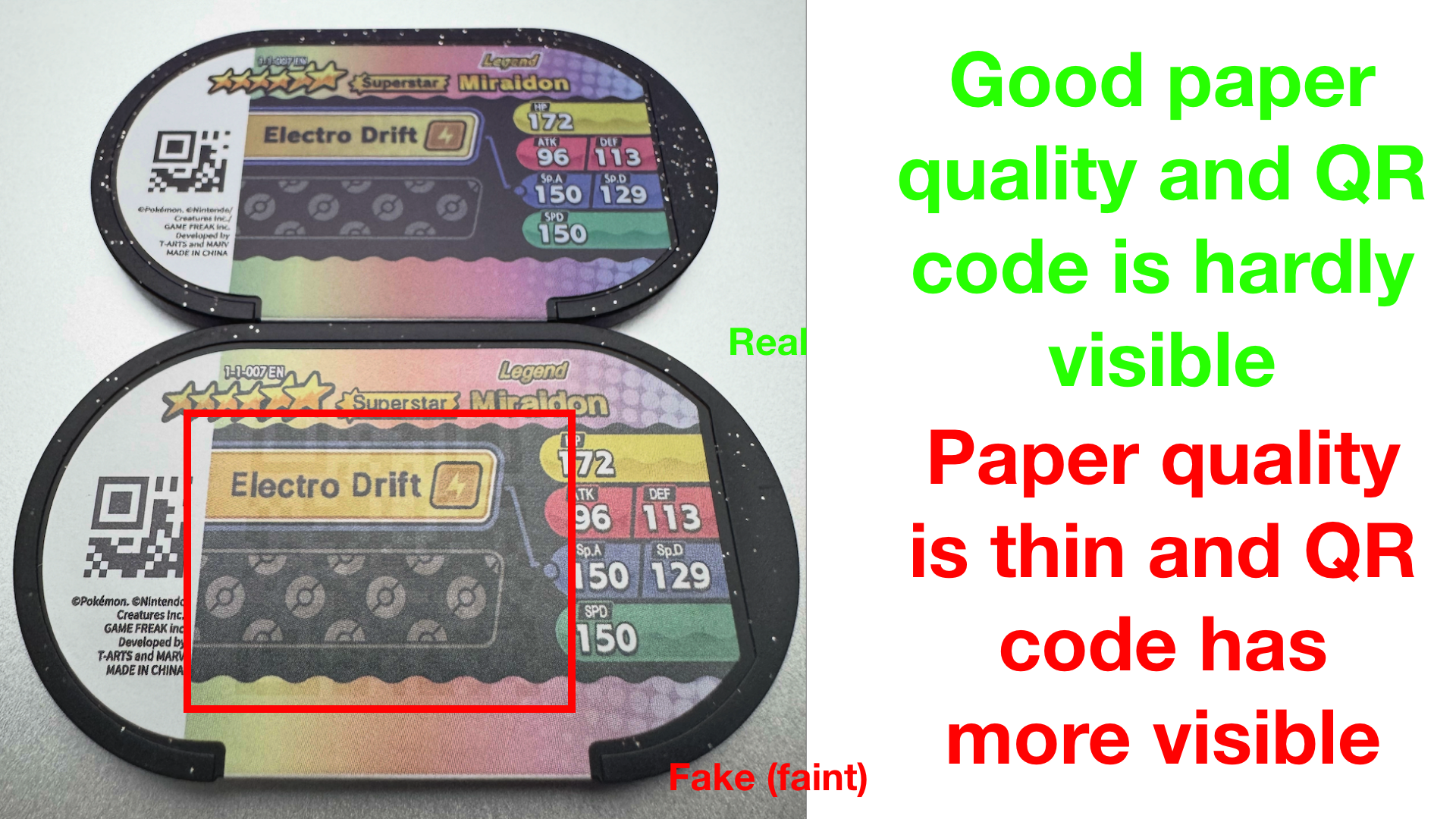
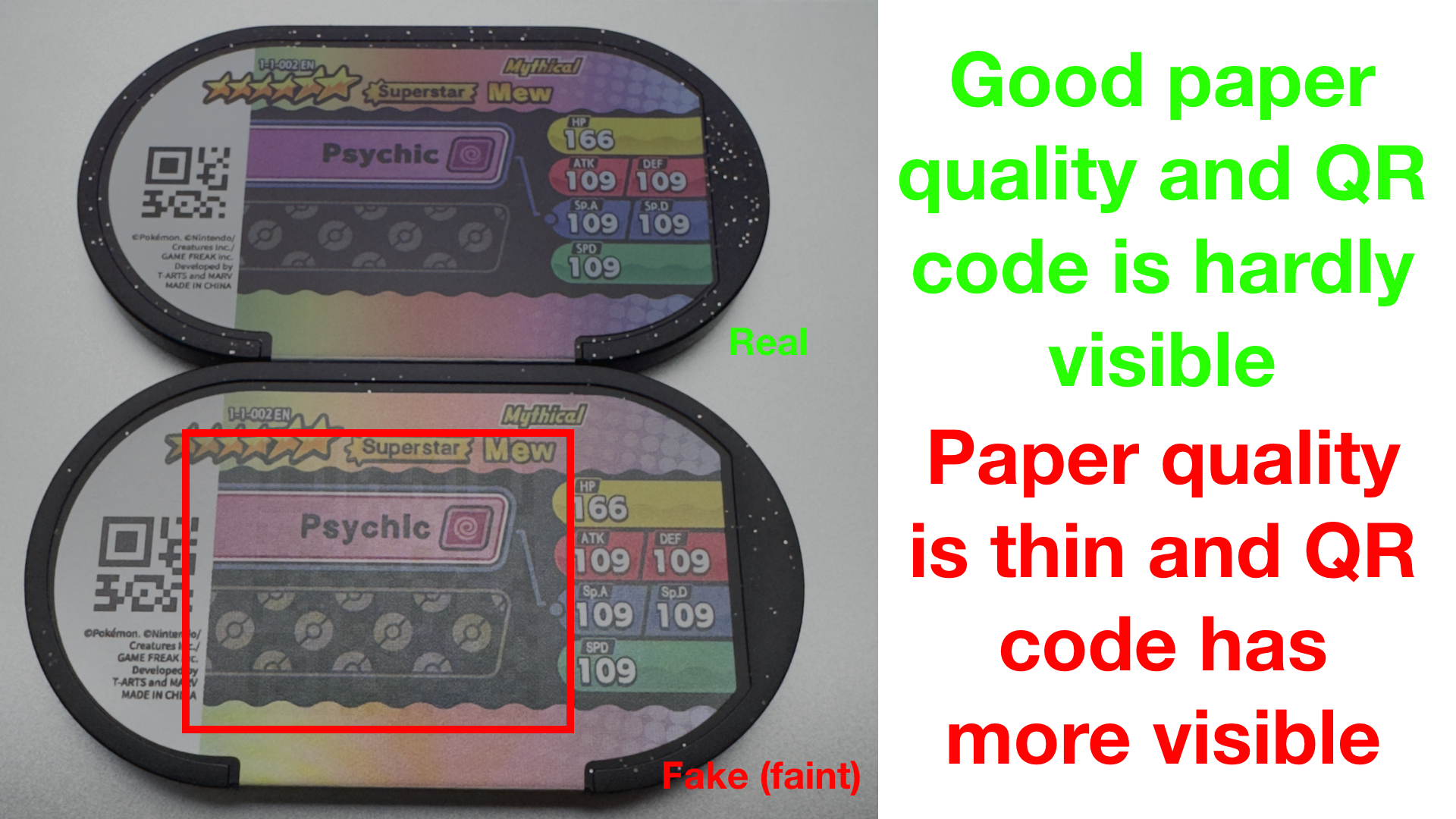
3. Layering
Non-authentic Meza Tags do not have proper layering to the foil, leading to shinier portions in certain areas of the Meza Tag.
Besides this, most authentic Meza Tags should have a defined and visible outline along the Pokémon when shined against light.
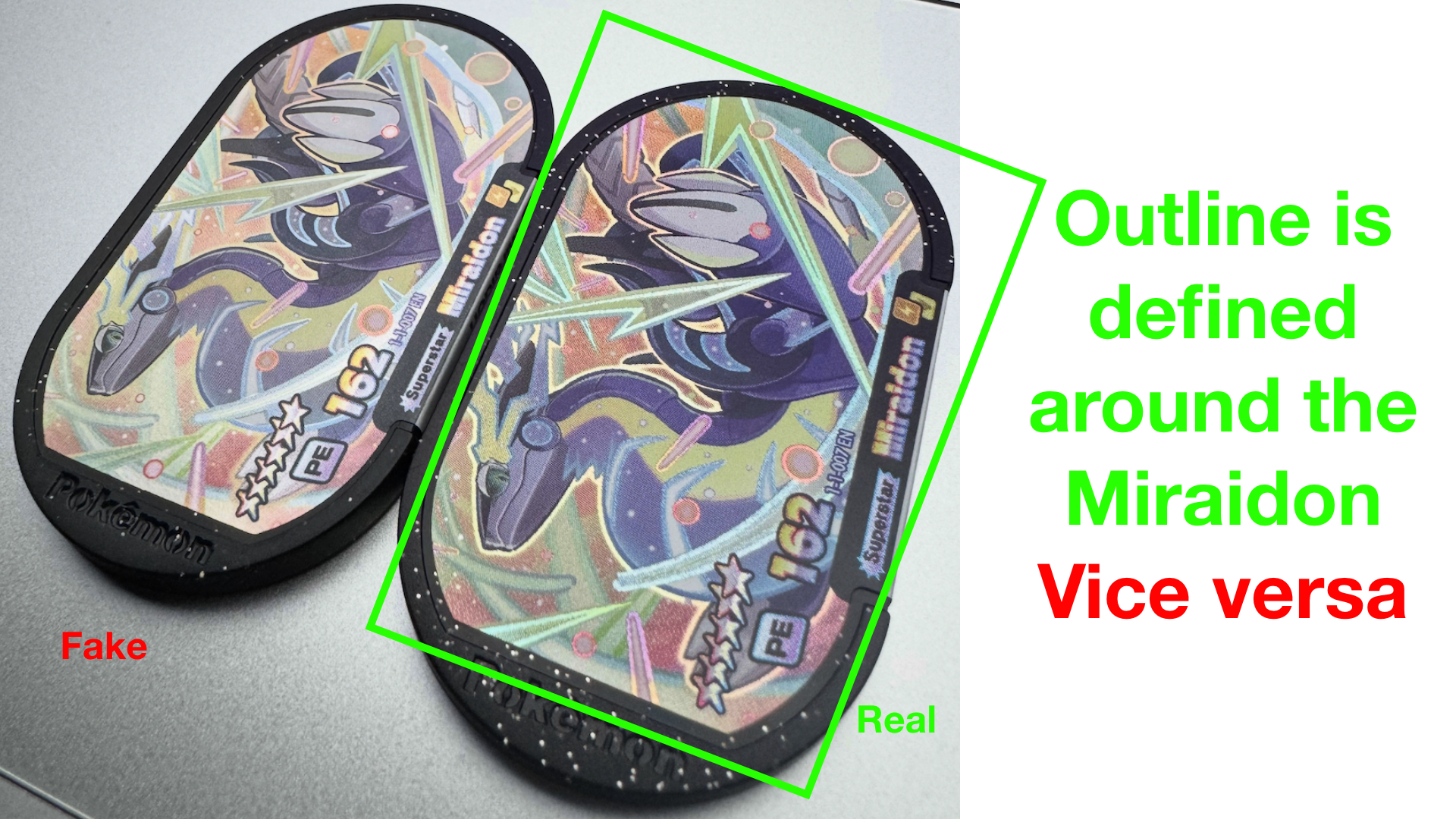
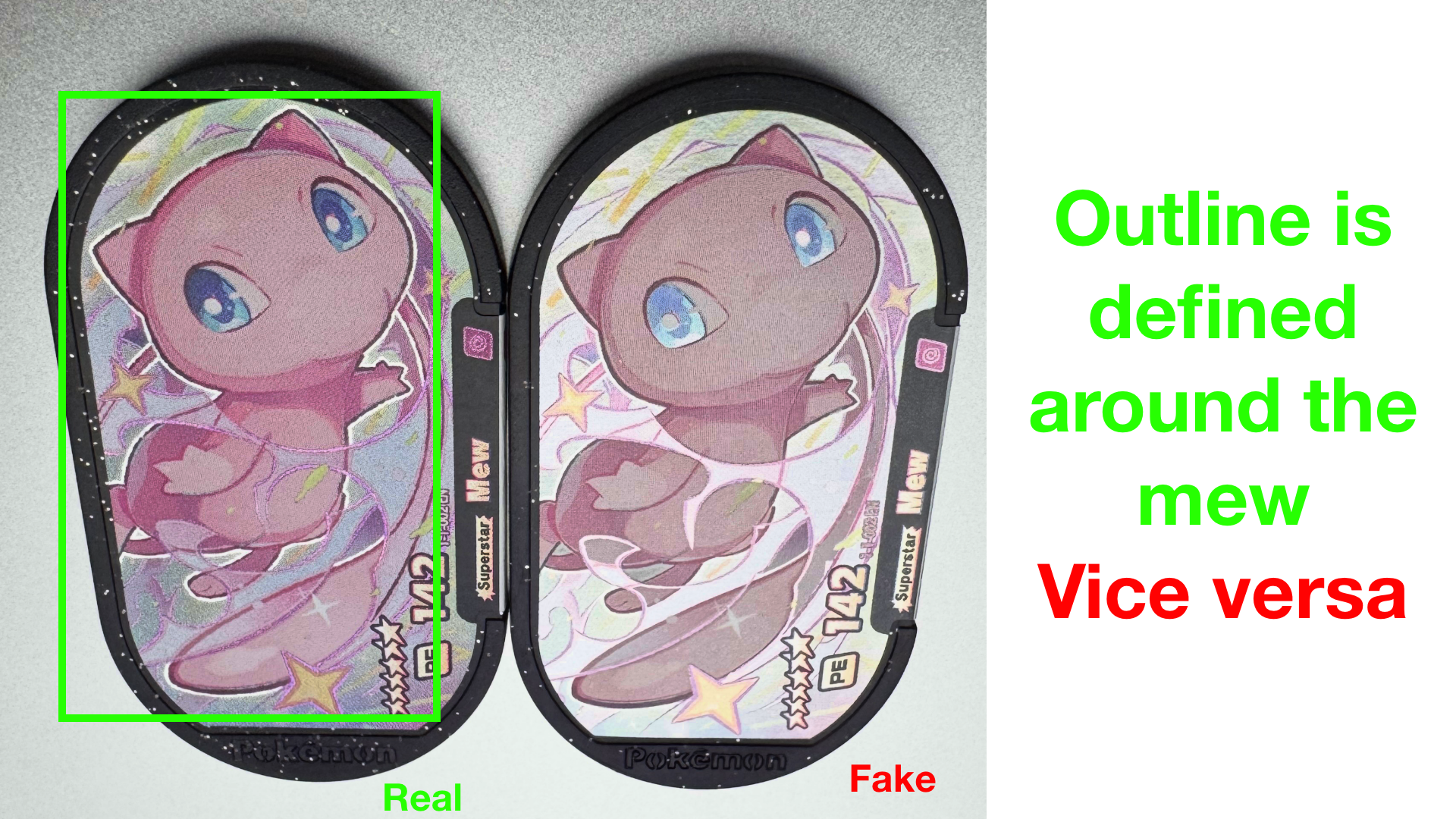
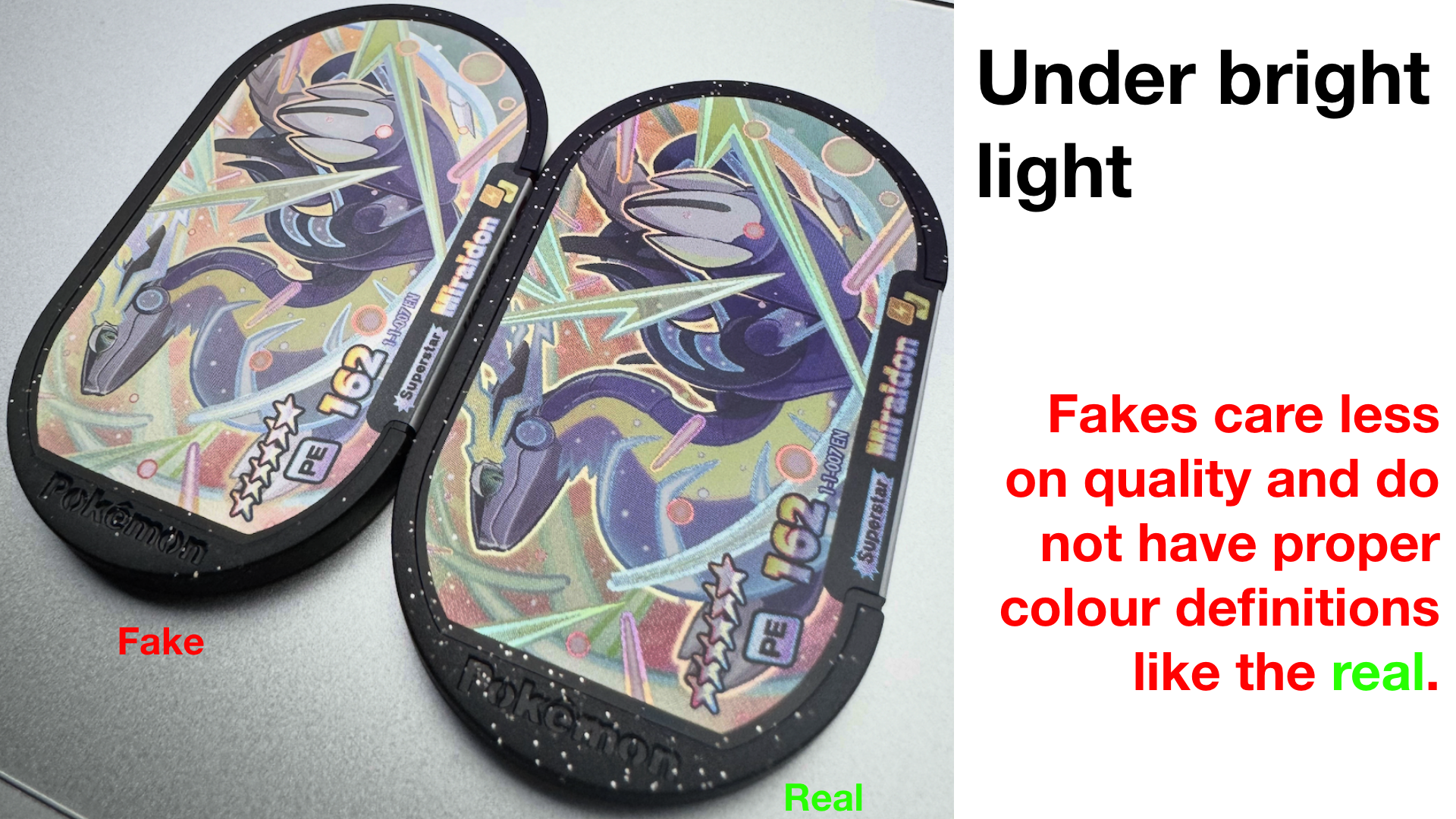
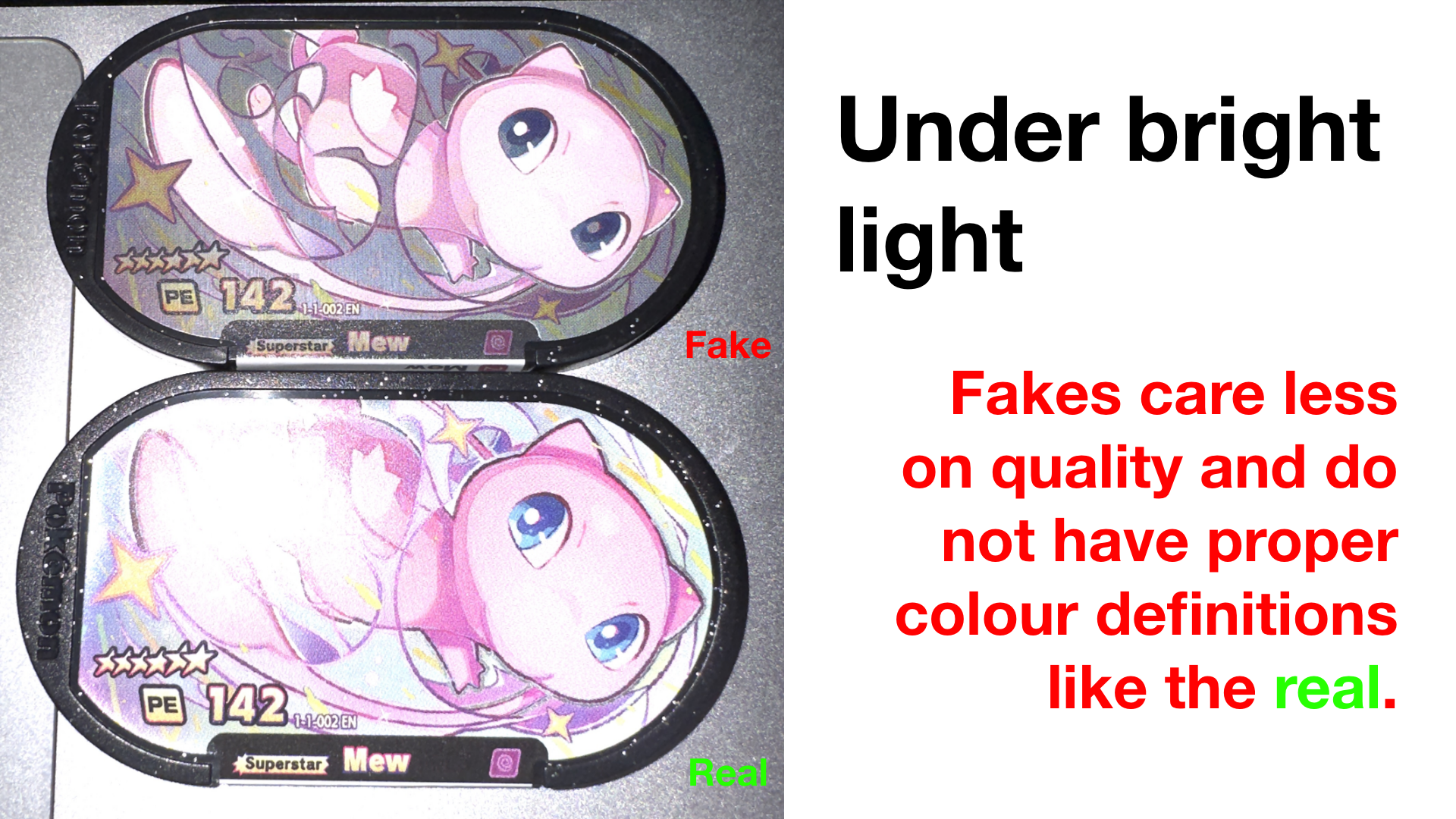
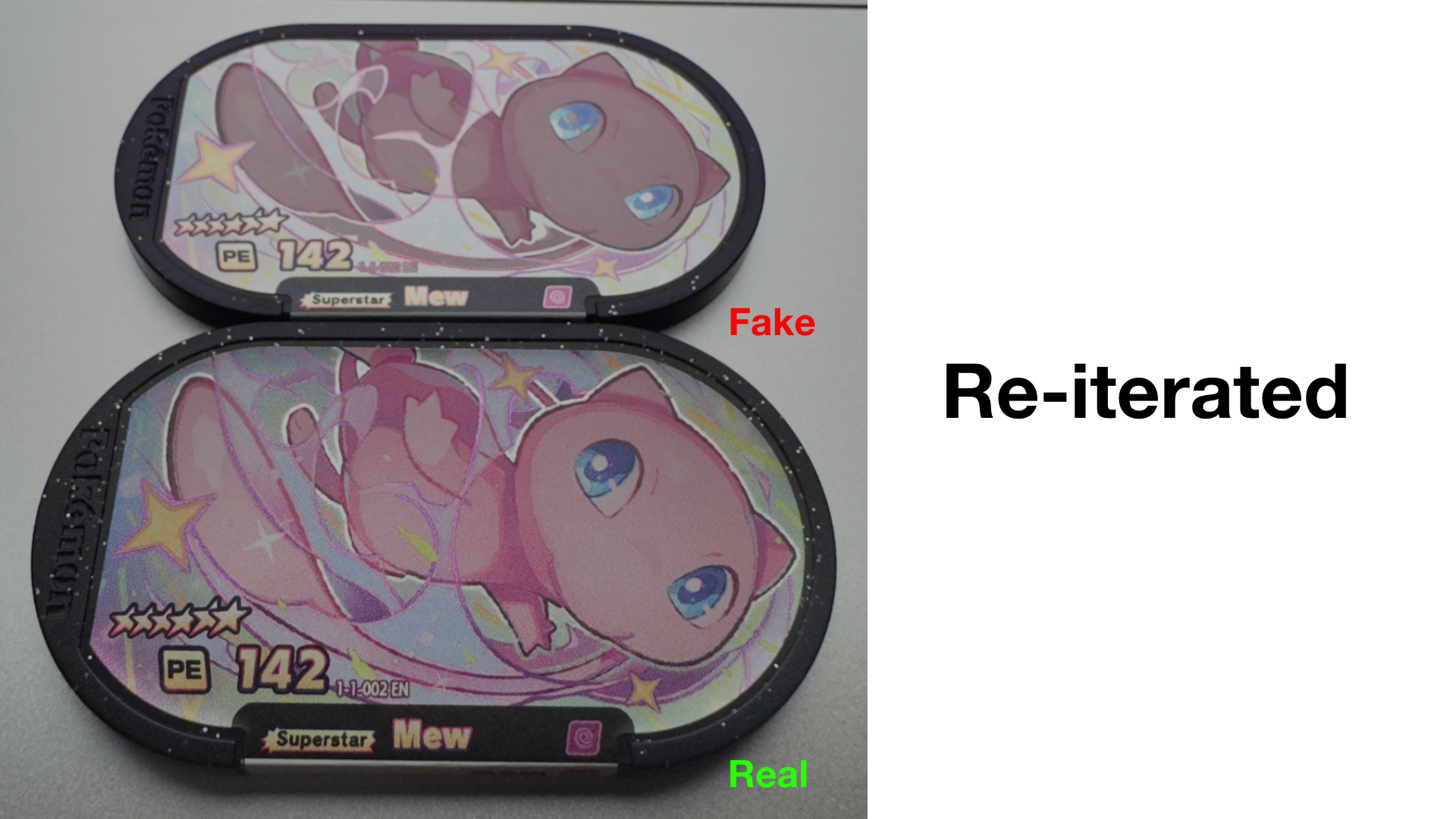
4. Printing Dots Per Inch (DPI), Font and Photoshop Tricks
Non-authentic Meza Tags usually pull from online resources or actual Meza Tag scans.
Doing a scan does not translate to a 1-1 replica of the original file so the non-authentic Meza Tag manufactures have to get creative, by using an image editing tool like Photoshop!
This means sharpening the image, replacing text with a similar font, and the list goes on.
Take a look at the examples!
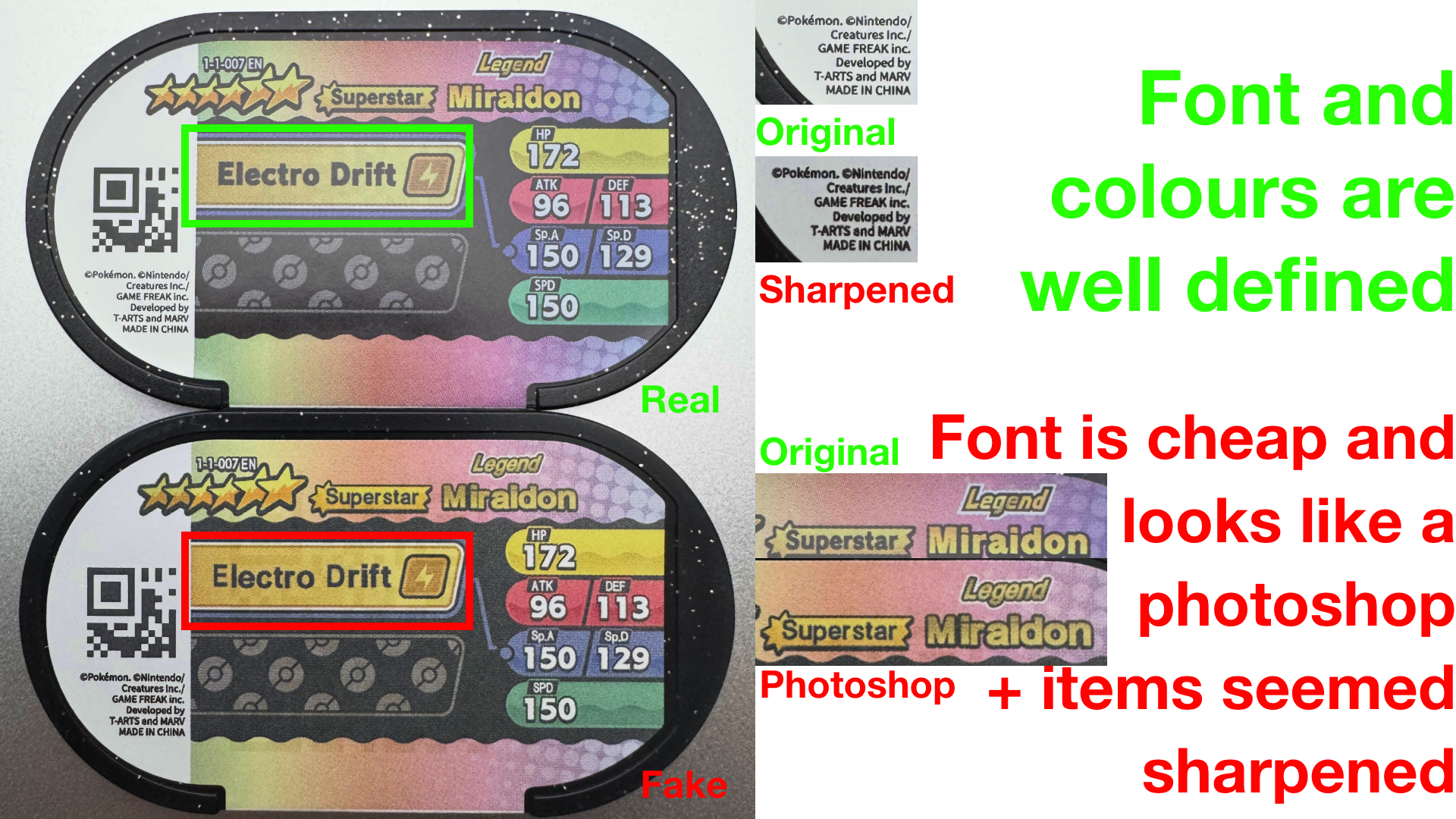

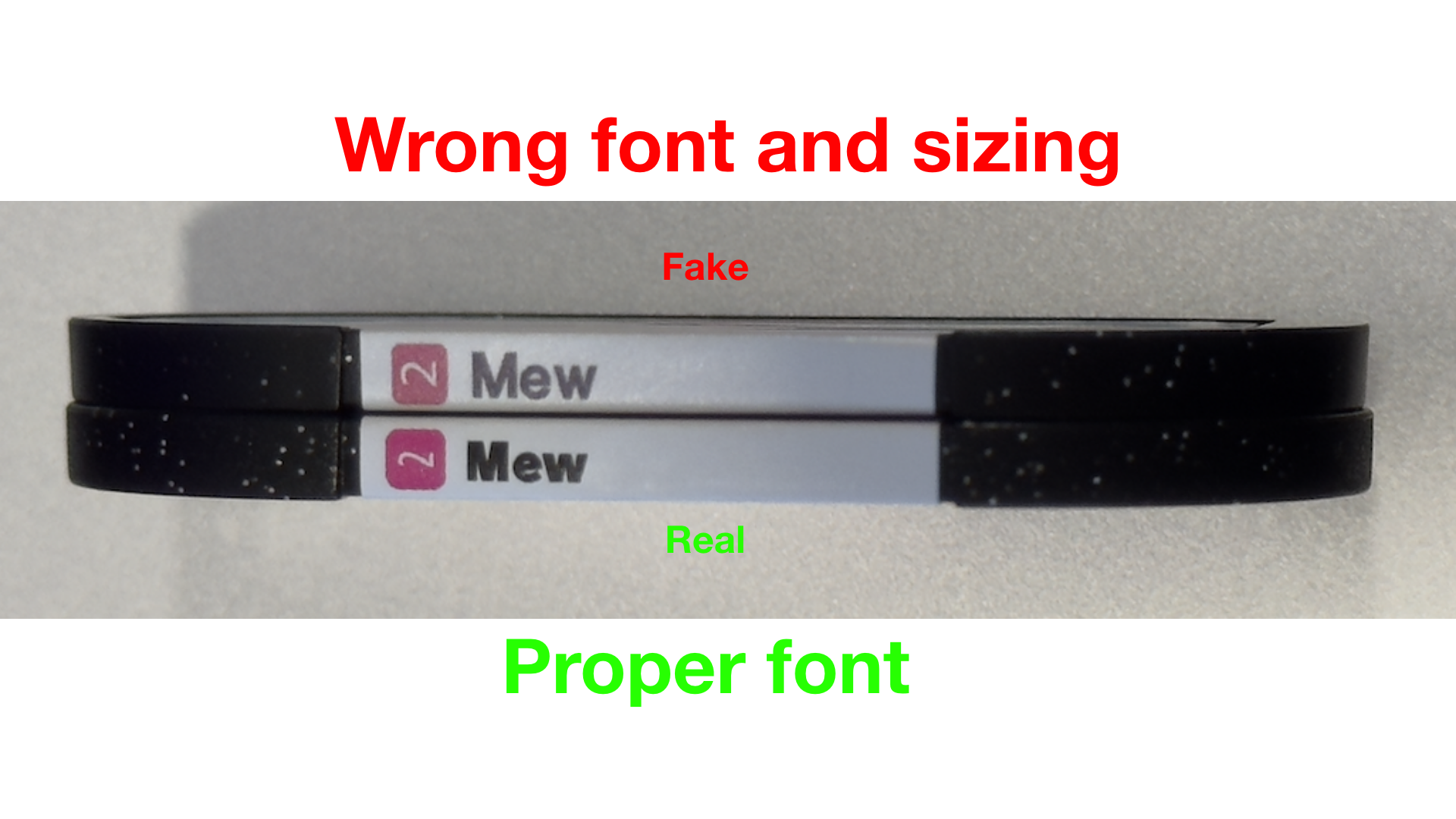
Conclusion
To sum up, there are multiple ways to differentiate a non-authentic Meza Tag from an authentic one.
I hope this guide has provided you with good insight into differentiating non-authentic disks from authentic disks.
Do feel free to share it to spread the message.
To a safer Pokémon MEZASTAR community!
All copyright belong to their respective owners.
Special thanks to Don Shen and Jia Rui for lending their purchased non-authentic Meza Tags for this guide!
Copyright © TehDrink | Innovatio